“Paphiopedilum” is definitely a mouthful, but it’s a worthy name for this gorgeous orchid species. The Paphiopedilum orchid (or “Paph” for short) has earned the nickname of “Lady Slipper” or “Venus Slipper” because of the pouch-like structure of its flower.
Everything about these lovely orchids is one-of-a-kind, from their alien-like appearance to their care requirements. Growing these Far-Eastern beauties is well worth the learning curve.
Let’s start with their natural habitat and break it down into something you can provide in your own home.
Natural Habitat

The native territory of the Lady Slipper is the Far East. It originated deep in the jungles of Southeast Asia, India, Indonesia, parts of China, Papua New Guinea and the nearby Bismarck and Solomon Islands.
This orchid is typically half terrestrial and half epiphytic, which means it grows naturally on the ground and also on other plants and trees. Some species grow on rocks, but this is less common.
So generally, a Paphiopedilum orchid expects a tropical environment with plenty of moisture and shade. However, this will still vary based on the exact species and its origins. Some prefer a warmer climate, whereas others favor a cooler one.
How to Care for a Lady Slipper Orchid
Let’s break this down in a bit more detail:
Light
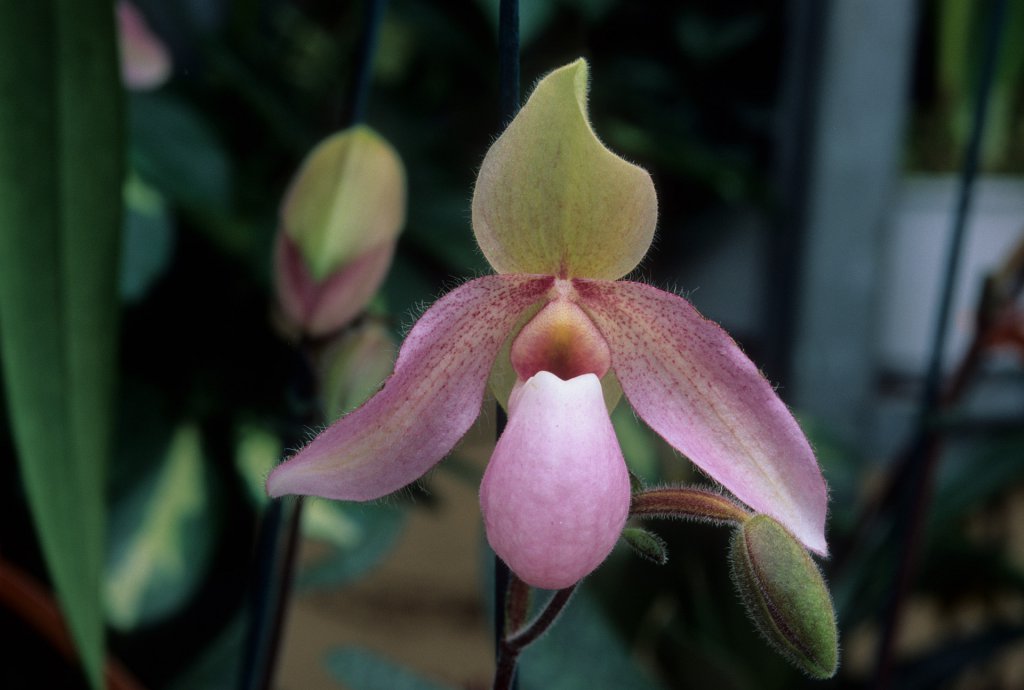
Paphiopedilum is tolerant of low-light conditions in general.
Make sure your Paph has plenty of shade. It can get sunburnt quickly if exposed to too much direct sunlight. Remember, in the wild, it’s usually protected from the sun by the tree canopy above.
Avoid north-facing windowsills, and consider moving your orchid a bit further away from the window. If the leaves start turning brown, your plant needs more shade.
Related: How Much Light Do Orchids Need?
Temperature
Temperature-wise, Lady Slippers are a bit fussier.
Warm climate Paphiopedilums need a temperature range of 60F to 85F (night and day). Cool climate Paphiopedilums need a temperature range of 50F to 80F.
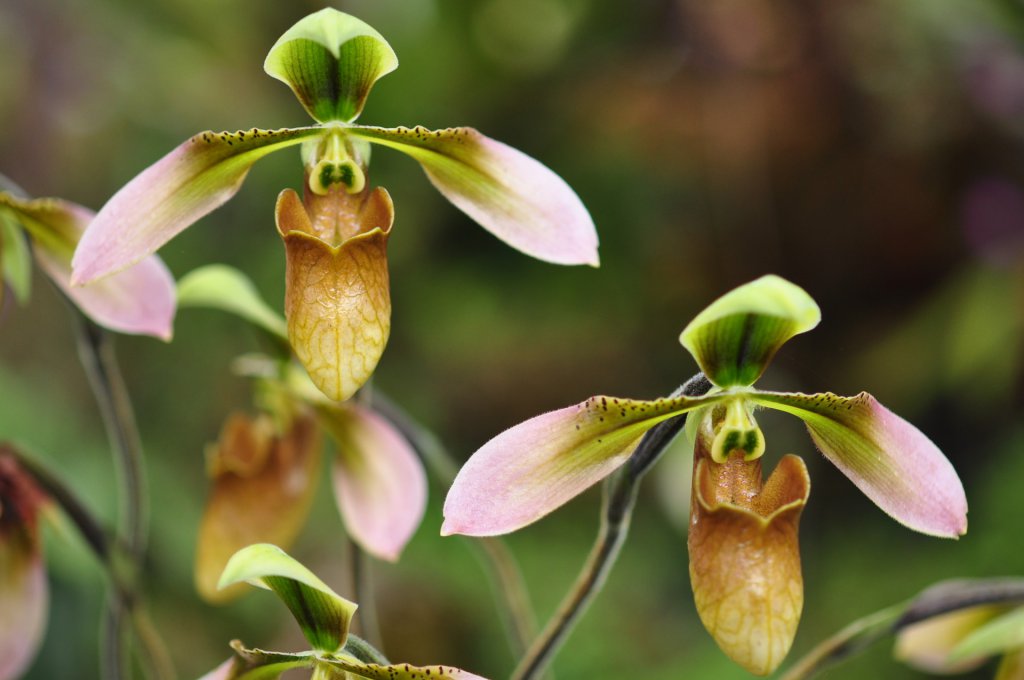
Check what species you have and whether it’s from a warm or cool climate. In general, if your Paph has plain green leaves, it’s from a cooler area, and if its leaves are mottled, it’s from a warmer one.
You may need to adjust your thermostat if your home is not already at the correct temperature.
Humidity
A humidity range of 40 to 50 percent is ideal year-round.
This is pretty similar to what humans find comfortable. So you probably won’t have to worry about this too much.
However, if your home is outside of this range, you may need to adjust your environment. You can use a humidity tray to increase the humidity, or a dehumidifier to decrease it.
Watering

Moisture is a must for a Paphiopedilum. They don’t have pseudobulbs for water storage, so they need more frequent watering, especially in the summer.
In general, watering about once per week will suffice if you’re using an appropriate potting mix. Try to keep the potting mix damp, and don’t let the roots dry up. You can mist the roots occasionally if you want to top up the water supply without a full watering.
They do not tolerate soggy roots, so make sure they’re not sitting in excess water after watering.
Potting Mix & Pot

Different species of Paphiopedilum favor different growing media. As always, try to match your orchid’s natural habitat:
- For terrestrial species, bark with a mix of perlite synthetic and moss is ideal.
- Epiphytic species do well when fixed to a strip of bark.
- Lithophytic species thrive when placed on lava rock, smooth stones, or perlite synthetic.
Check out our guide to potting mixes for more information on each of these.
A clear plastic pot works well, as it will let you see how dry the potting mix is. Pick one that’s the right size for your plant, and not too large.
Repotting
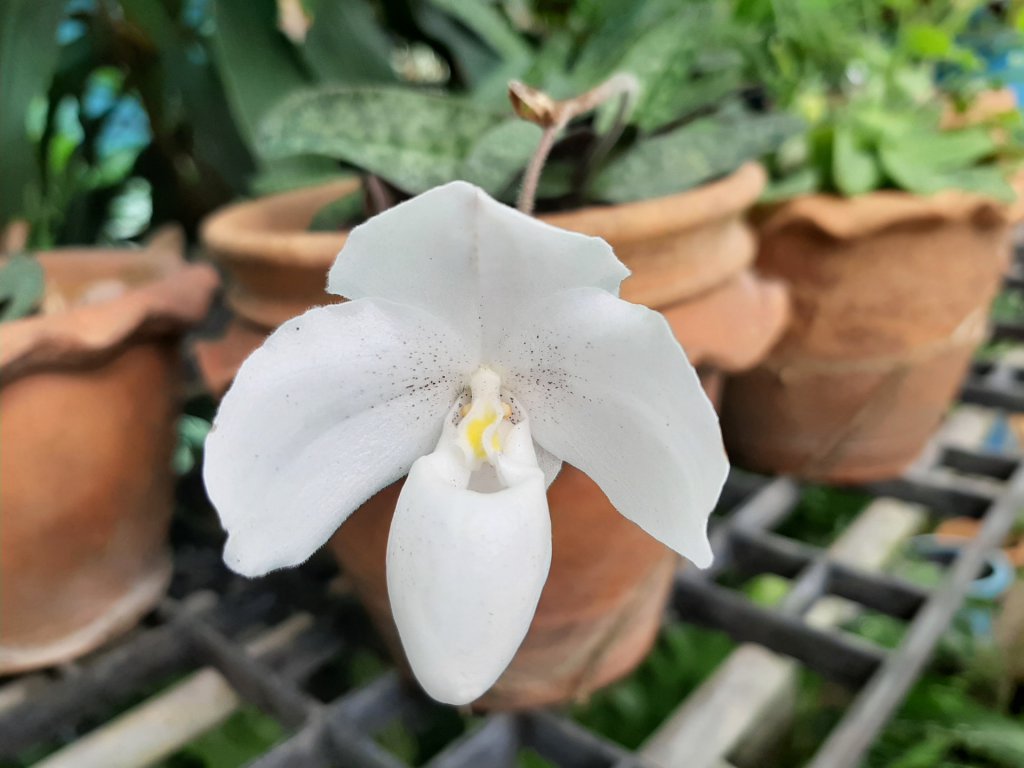
The best time to repot a Lady Slipper orchid is after the annual flowering. Try to avoid repotting your orchid more than once per year to prevent stress.
In general, you only need to do this when your potting mix is starting to decompose. Lithophytic and epiphytic Paphiopedilums may never need repotting.
Always choose the smallest possible pot that will not cause root binding or crowding. Paphs don’t like to have too much space.
If you think your orchid needs repotting, check out our step-by-step guide for more information.
Blooms
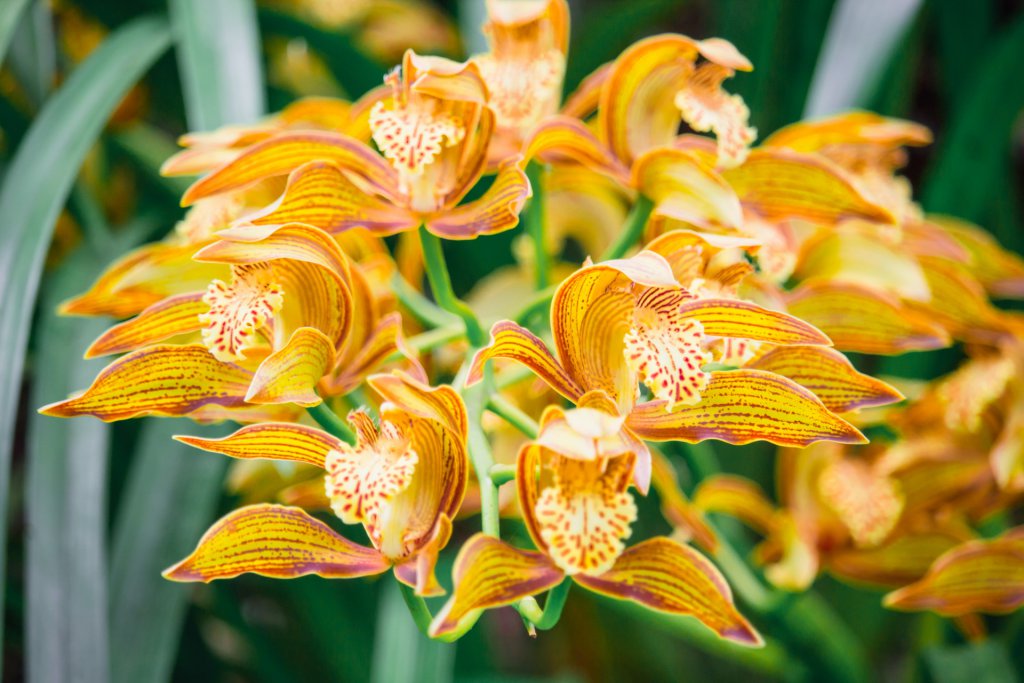
The general bloom season is from autumn to spring.
Paphiopedilum orchids typically bloom once per year, and the blooms are long-lasting. The flowers can last up to two months with proper care. You may need to stake them if they’re big enough.
Flowers fall into two categories: mottled-leaf and strap-leaf.
- The mottled-leaf flowers often appear spotted or marbled. Typically these orchids will produce only a single flower per bloom season.
- The strap-leaf flowers often have green petals and may produce several blossoms per bloom season.
Fertilizer
Paphiopedilums are more sensitive to fertilizer than most other orchids. It’s important not to feed them too much. Otherwise, their roots can get burnt.
However, you should still feed your Lady Slipper about once a week, to replenish its nutrients. In the winter, you should do this less frequently.
You can use a balanced orchid fertilizer (one marked 20-20-20 on the label works well).
For Paphs, it’s best to use only a fraction of the recommended amount on the label. You should dilute your fertilizer to half or even one-quarter of the recommended dosage.
Care Summary
Here’s a quick recap of how to care for a Lady Slipper:
| Light | Relatively low light |
| Temperature | 60 to 85F (warm-climate Paphs) 50 to 80F (cool-climate Paphs) |
| Humidity | 40 to 50 percent |
| Watering | About once a week plus occasional misting |
| Potting Mix | Depends on species (terrestrial/epiphytic/lithophytic) |
| Pot | Smaller clear plastic pot with good drainage |
| Repotting | Infrequently (1-2 years), after blooming |
| Blooms | Autumn until spring |
| Fertilizer | Very sparingly, once a week |
If you’d like to download this as a handy cheat sheet, right-click the image below and select “Save Image”:
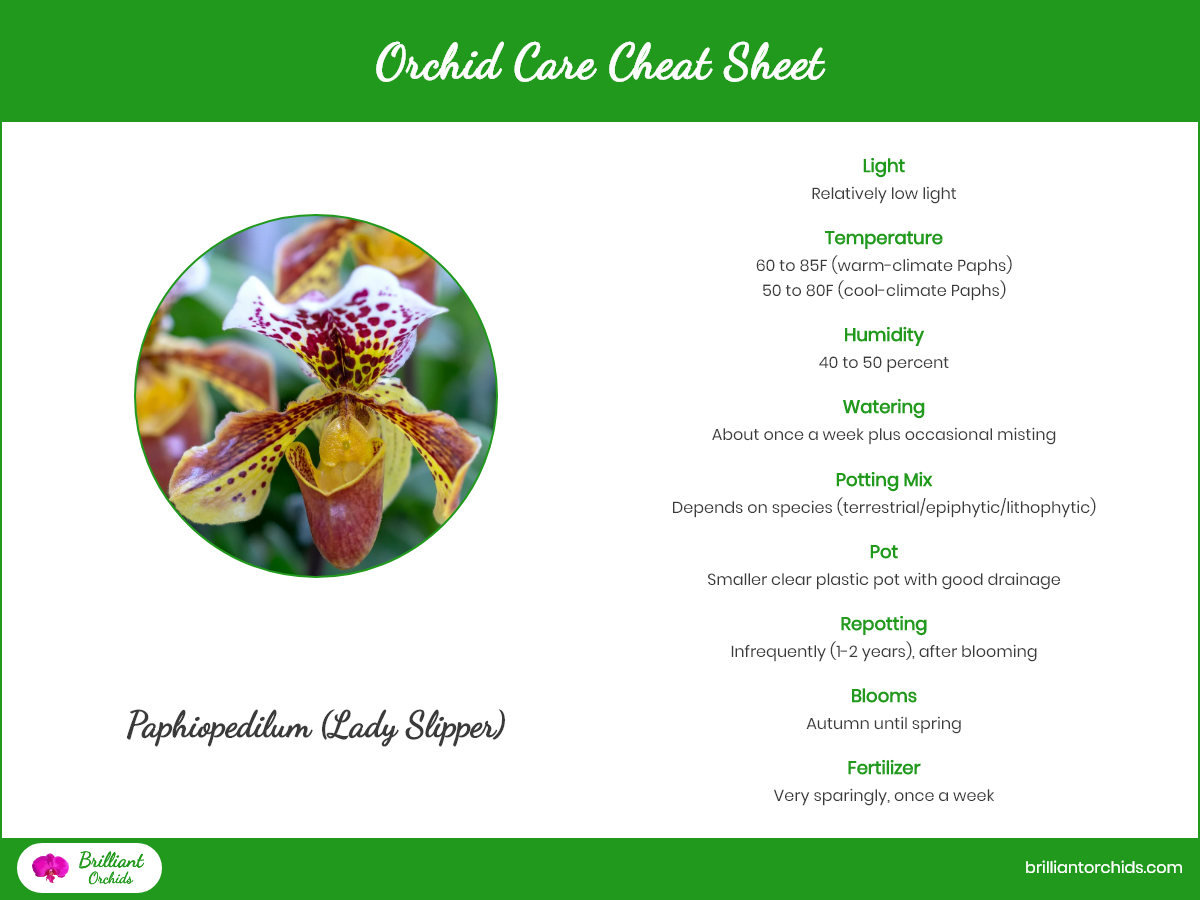
We recommend printing it off and keeping it by your orchid. Please share it if you find it useful!
Frequently Asked Questions
Which Species of Paphiopedilum Are the Easiest to Grow?
Paphiopedilum maudiae is an excellent choice for beginners. It’s one of the smaller species of Lady Slipper, and it can bloom twice per season instead of once like larger species. This orchid’s favorite growing medium is porous peat soil or stones.
If you don’t have much experience growing Paphs, you probably want to avoid Paphiopedilum bellatulum (the “eggs in a nest” orchid) and Paphiopedilum delenatii. These can both be quite challenging to grow in captivity.
How Long Does a Paphiopedilum Live?
The flowers of a Paphiopedilum will last anywhere from a week to six months. Cut blooms are surprisingly long-lasting, with reports of survival in the four- to six-month range.
The orchid plant itself can easily survive for several years with appropriate care and regular repotting as needed. Orchids of all species go through bloom and rest cycles, and novice growers often assume that a rest cycle is a failure to thrive.
However, careful attention to the plant during the rest phase will result in small buds beginning to form. Then it’s just a matter of time before your Paph bursts into bloom once again.
We hope you found this guide helpful. Do you have any pro tips for growing Lady Slippers? Let us know in the comments below!

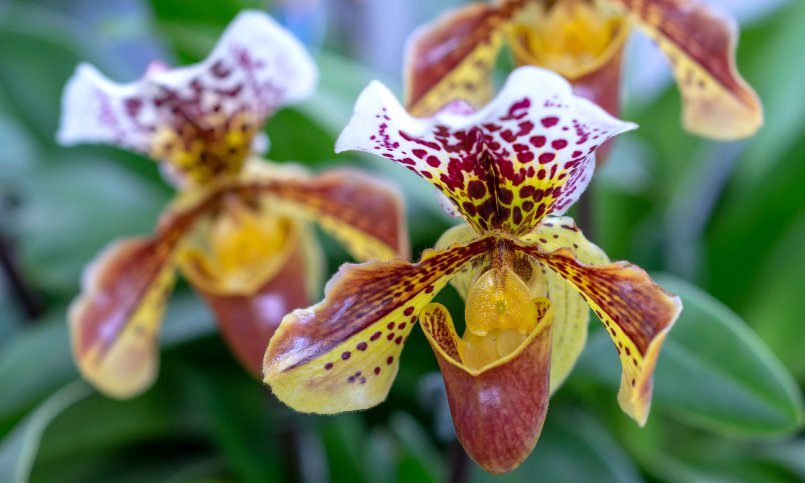
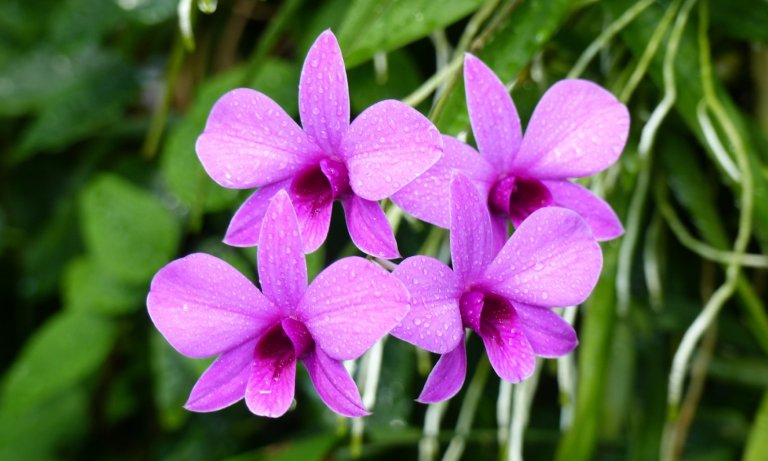
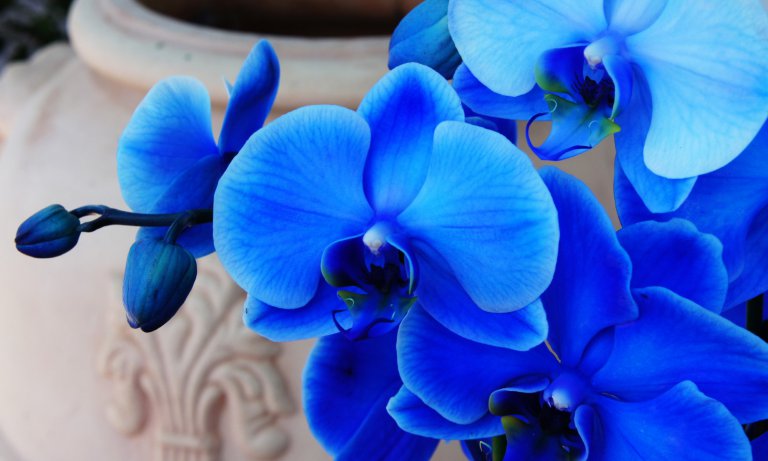

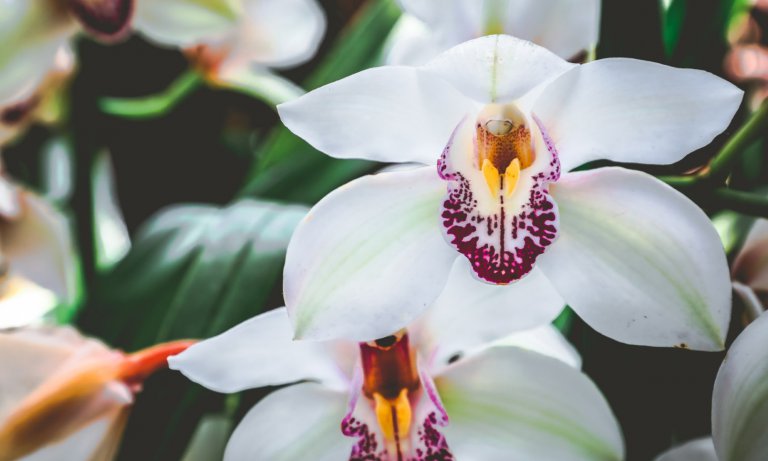
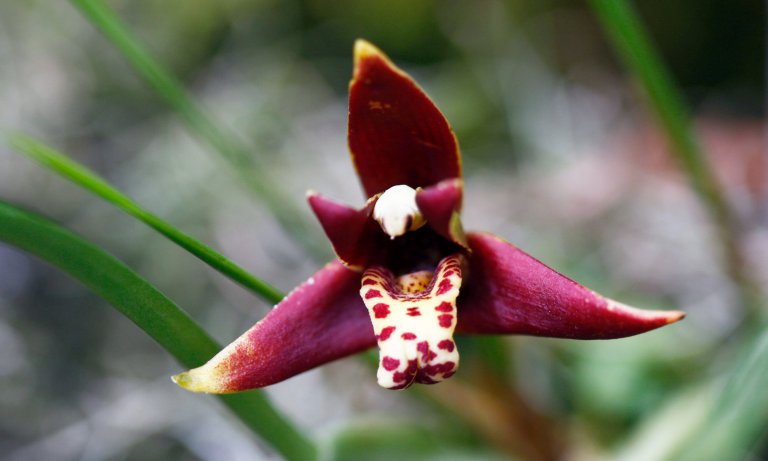
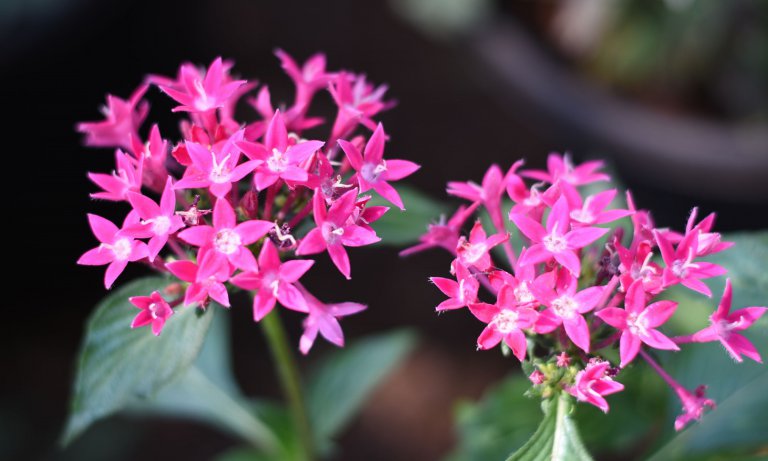
what do you do once the flower is drying out on the stem ? & should you remove yellowish leaves on the bottom of the plant and how ?
Hi Marcia,
You can normally leave the flower to fall off on its own, but if the stem is also drying out you might want to prune it. For the yellow leaves, it depends. You can check out our pruning and yellow leaves guides for more info:
https://brilliantorchids.com/pruning/
https://brilliantorchids.com/orchid-leaves-turning-yellow/
Jon